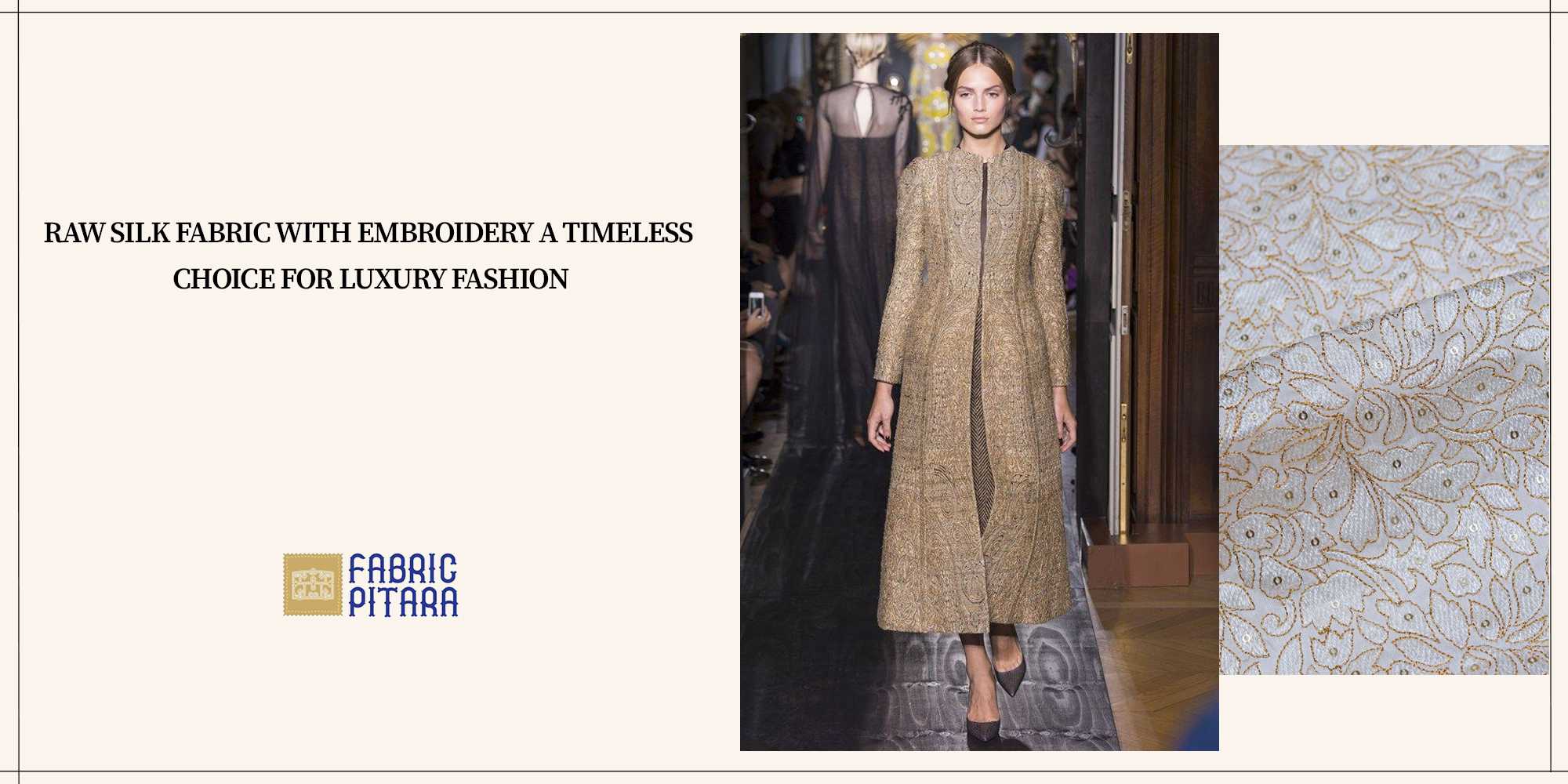
In recent years, there has been a significant shift in consumer preferences towards sustainable fashion, driven by increasing awareness of environmental and social issues in the fashion industry. From eco-friendly fabrics to ethical production practices, sustainable fashion aims to minimize the negative impact of clothing production on the planet and promote a more responsible approach to fashion consumption. In this blog post, we'll delve into the current hype surrounding sustainable fashion and conduct a breakdown analysis to determine its true impact on the planet.
Understanding Sustainable Fashion
Sustainable fashion is a holistic approach to clothing production that considers the fashion industry's environmental, social, and economic aspects. At its core, sustainable fashion aims to reduce the environmental footprint of clothing production by using eco-friendly materials, minimizing waste, and promoting ethical labor practices throughout the supply chain. From organic cotton and bamboo to recycled polyester and hemp, sustainable fashion encompasses a wide range of materials produced in an environmentally responsible manner.

Impact on the Planet
One of the key parameters to consider when evaluating the sustainability of fashion is its impact on the planet. Traditional clothing production methods often involve harmful chemicals, excessive water consumption, and high carbon emissions, contributing to pollution, deforestation, and climate change. In contrast, sustainable fashion seeks to minimize these negative effects by using natural and organic materials, implementing eco-friendly production processes, and reducing waste generation.

Forerunners in Fabric Development
A significant aspect of sustainable fashion is the development of innovative fabrics that are both eco-friendly and durable. Companies and researchers are constantly exploring new materials and production techniques to create fabrics that have minimal environmental impact. For example, brands like Tencel and Econyl have gained popularity for using recycled materials and closed-loop production processes. At the same time, organic cotton and linen are favored for their biodegradability and low environmental impact.

Adaptiveness and Affordability
One of the challenges facing sustainable fashion is its adaptability and affordability for the mass market. While eco-friendly materials and production methods are becoming more accessible, sustainable fashion still faces barriers in terms of price and availability. However, as consumer demand for sustainable fashion grows, more brands embrace sustainable practices and offer affordable options to cater to a broader audience.

Conclusion: The Future of Fashion
In conclusion, sustainable fashion represents a promising shift towards a more ethical and environmentally conscious approach to clothing production. By prioritizing eco-friendly materials, ethical labor practices, and innovative production methods, sustainable fashion can revolutionize how we consume clothing and promote a more sustainable future for the planet. While there are still challenges to overcome, the current hype surrounding sustainable fashion reflects a growing awareness of the need for change in the fashion industry. With continued innovation and collaboration, sustainable fashion can truly make a positive impact on the planet.







